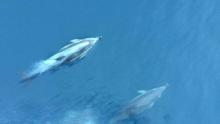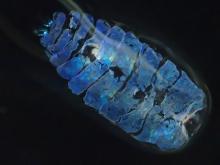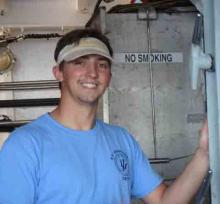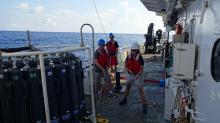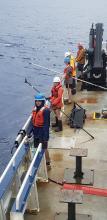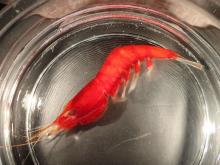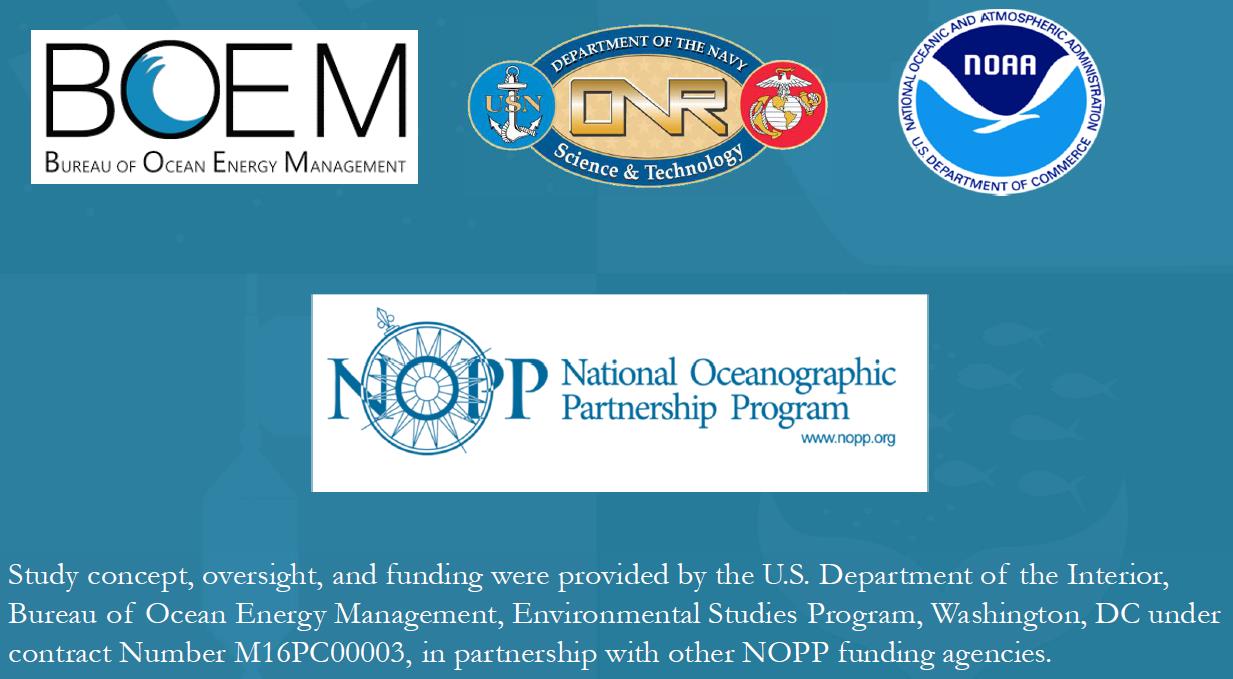Hello, this is Andrew Heaney yet again. This morning, I woke up to see a total of over a hundred Short-beaked common dolphins, surrounding the boat for hours on end. They were performing many different behaviors, including bow-riding, breaching, porpoising, slow-rolling, and even possible feeding!
Tags
Farting Fish
Did you know fish fart? As they go deeper in the water, the pressure forces the gases out of their system aka a fart. These gas bubbles can actually be detected by acoustics and help to identify certain types of fish. Pressure increases one atmosphere roughly every ten meters.
Tags
Copeblog by Cassie Fries
The animals we find, big or microscopic, are always interesting finds. We have been finding some awesome deep-sea creatures in our tows! I am tasked with helping identify copepods, a very small crustacean that is abundant in the water column.
Tags
Mowing the Lawn.
So one of the tasks that the night shift does during the ADEON cruise is “mow the lawn” – this is our shorthand for running a series of parallel transect lines where we use our echosounder to look at where the deep scattering layers are in the water column and how that changes as we move over an area roughly 10 km by 10 km (~ 6 miles by 6 miles).
Tags
The Doors of The RV Endeavor.
One of the fascinating things I’ve noticed on the ship are the doors. The round openings with a cover are called hatches, and the majority of the doors are specialty doors that seal with a system of clamps and gaskets. These specialized doors prevent water from spilling into the boat. Many doors have knee high threshold,s and several of us have already barked our shins. Spatial awareness is an important shipboard skill.
Tags
You Can’t Squeeze Blood from a Stone
Well, ACTUALLY………
Yes, here comes yet another example of science blowing holes in old truisms. While true you can’t squeeze blood from a stone (to my knowledge), it turns out you CAN squeeze or swab DNA from all matter of abiotic features like stones, soil, and water. All things alive (and viruses, which may or may not be “alive” depending on who you ask) contain DNA and whenever they excrete, secrete, shed, or expire, they leave behind cells, which contain their DNA. With recent advances in technology, scientists can collect and concentrate DNA from environmental samples (eDNA) and make inferences about what organisms are (or have been) where.
Tags
Happy Father’s Day from the middle of the Atlantic Ocean!
We are now on transit to our sixth of seven ADEON sites. During the 8:00 shift change, there was a flurry of texting and chatting from the boat to land as both science and crew sent well wishes to fathers back home. We also have 5 very special fathers on the R/V Endeavor crew that received special morning greetings.
Tags
Finding the lander
One of the main concerns when deploying equipment at sea is the question of how to get it back. Once the ADEON landers are deployed, they drop to the bottom, where they rest until it’s time to retrieve and collect the data. With depths ranging from 200 to 900 meters, it can be challenging to recover. So how do we get them back once they are deployed?
Tags
Catching metadata . . . .
Alongside catching really cool animals, we also collect a lot of additional data that provides more information about each animal we catch. “Metadata”, such as GPS coordinates, time of day/night, and sea state are important to consider since some animals may only be present in certain conditions.
Tags
It’s Pete from the night shift here to talk about shrimp!
My favorite shrimp Aristaeomorpha, we caught at our Blake Escarpment site. It has a really deep red color, and is one of the largest shrimps we have caught so far. We've also caught Pleoticus and Haliporus, not to mention plenty of krill which can be easily confused with shrimp.
Tags
Pagination
Copyright 2016 · All rights reserved

